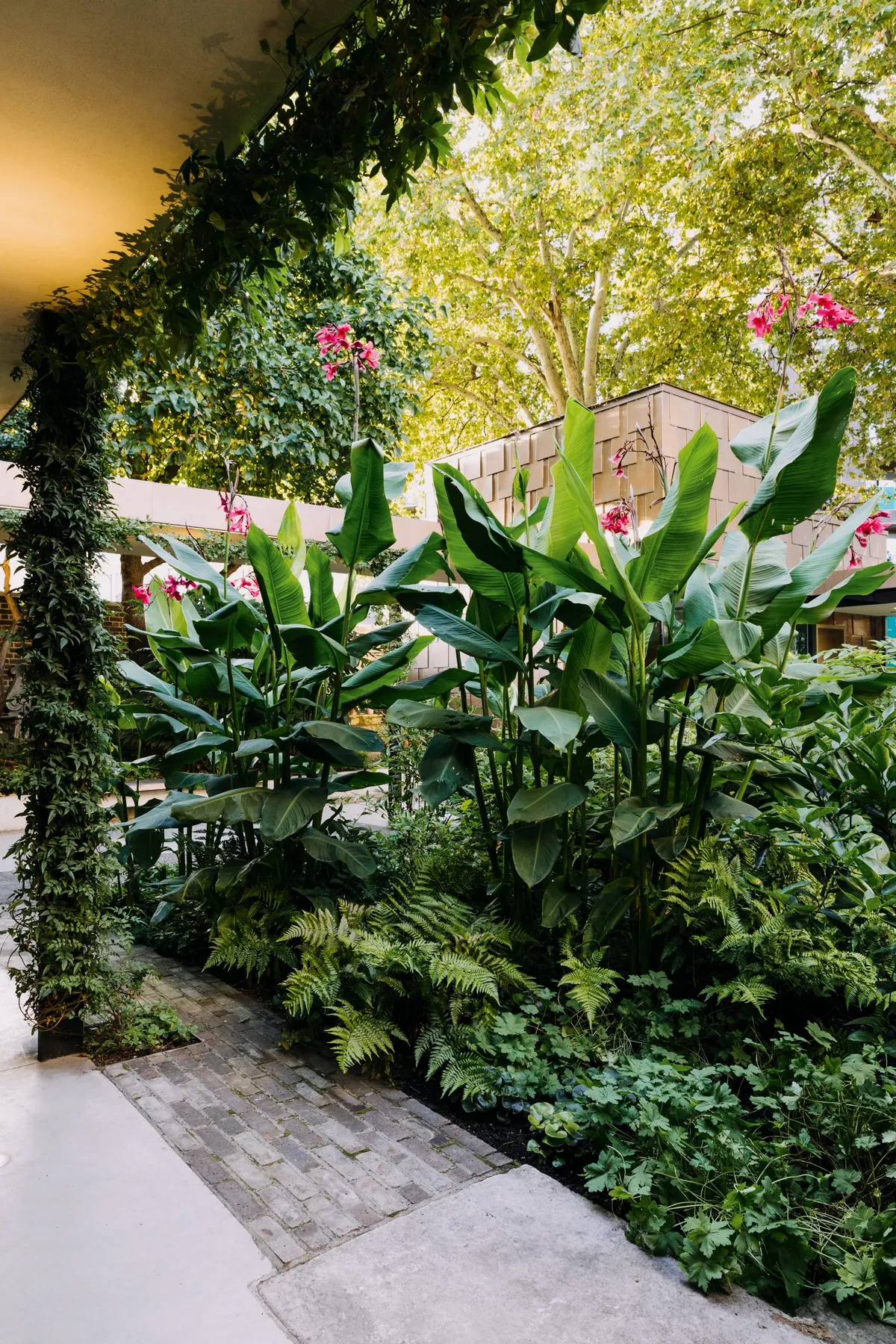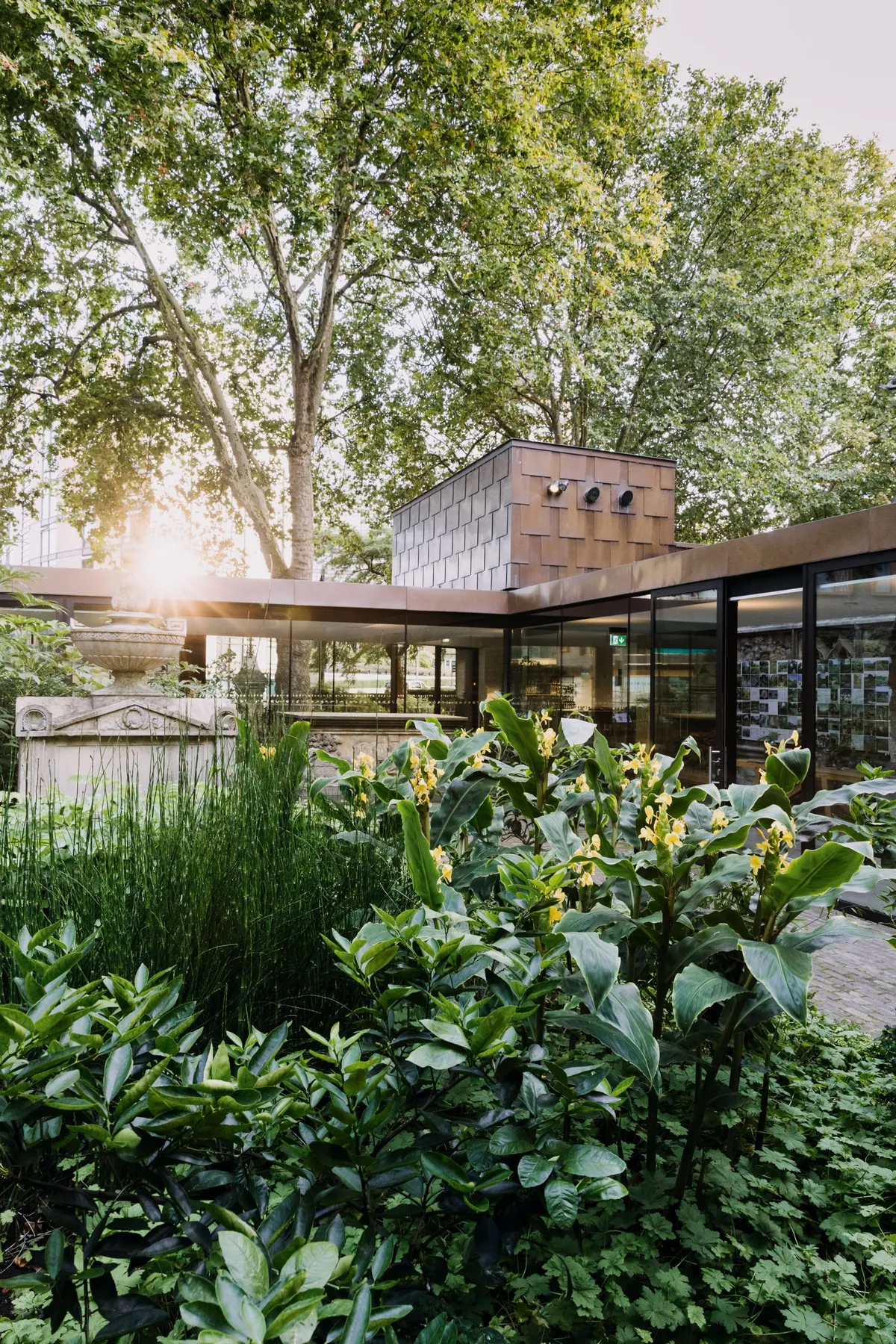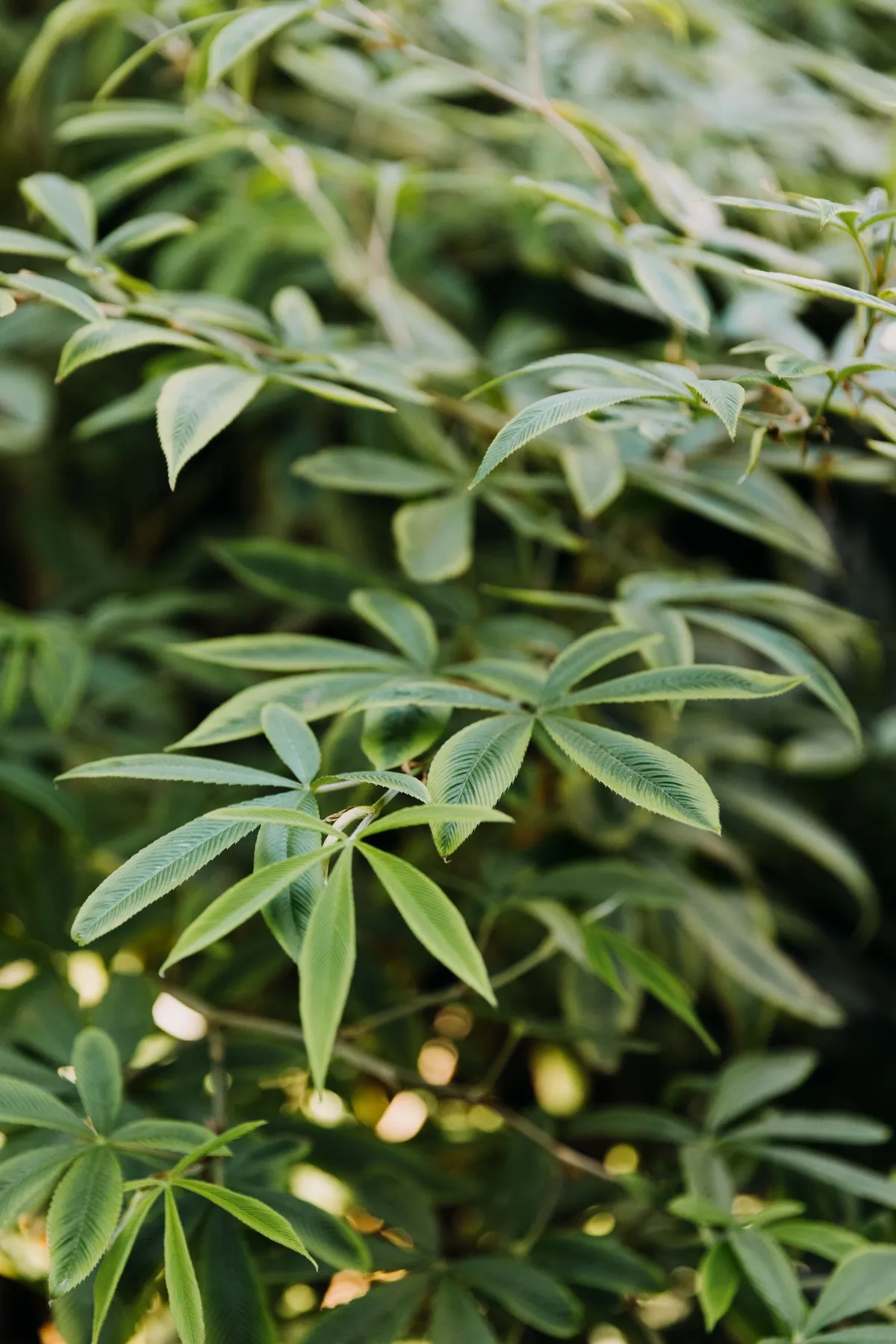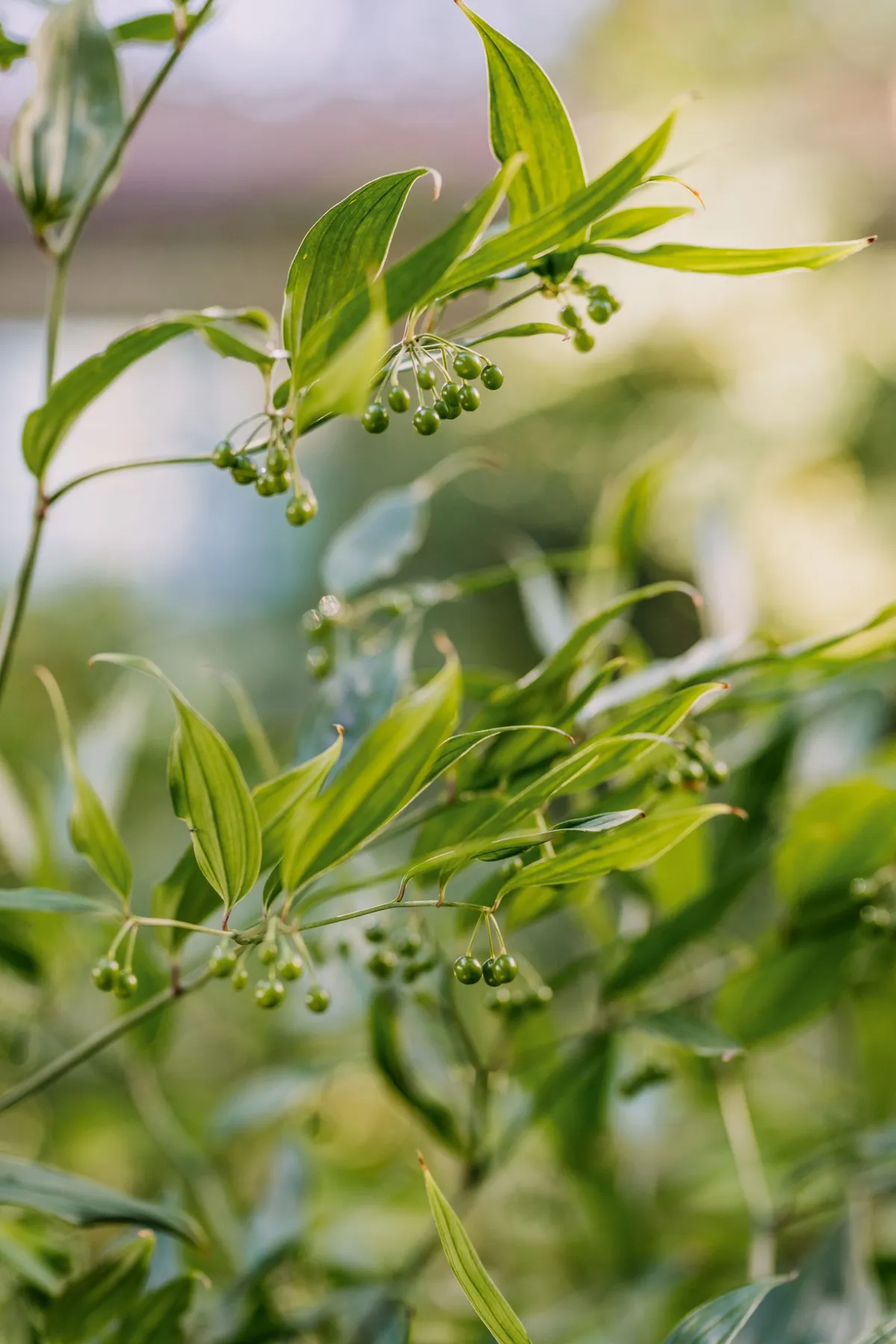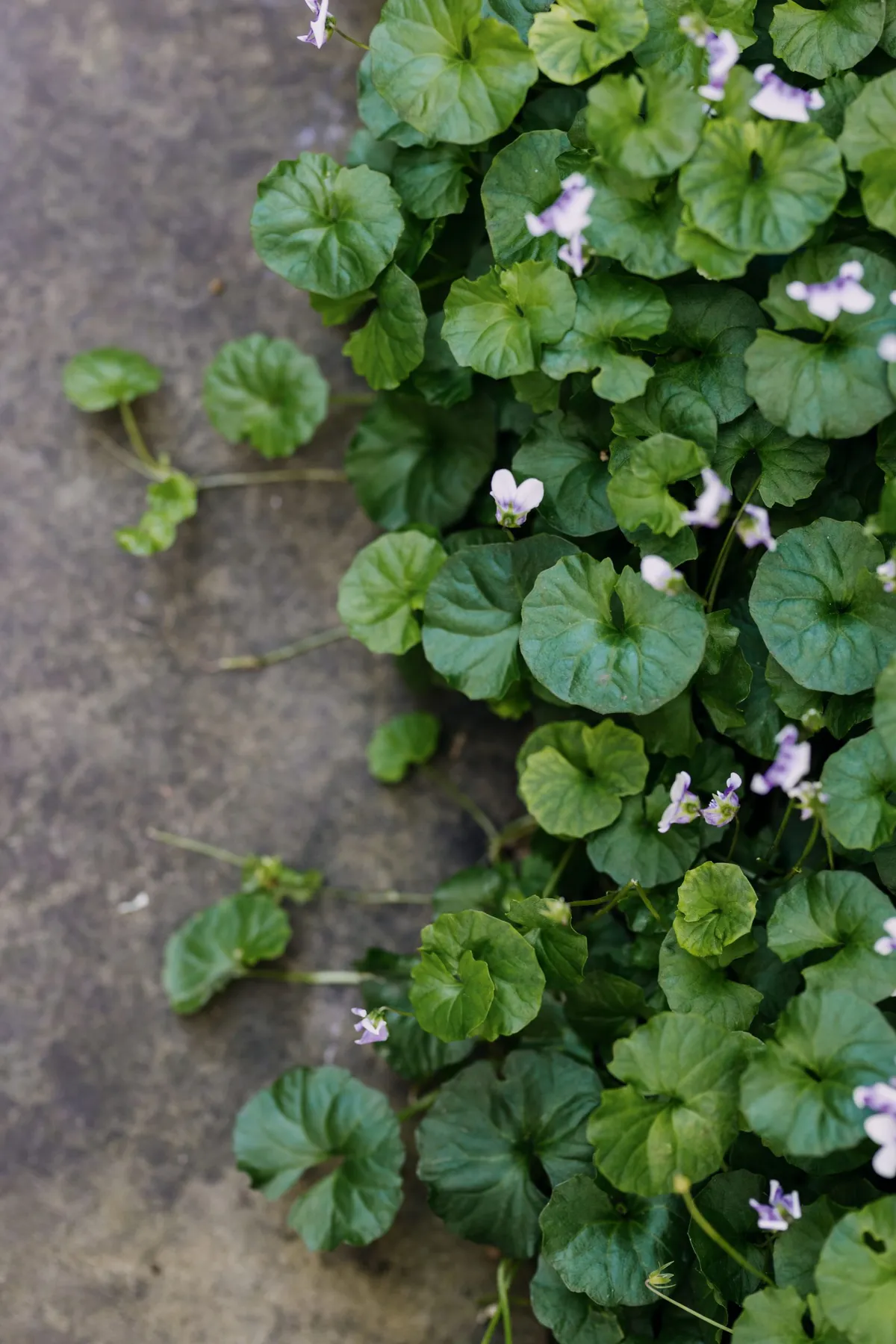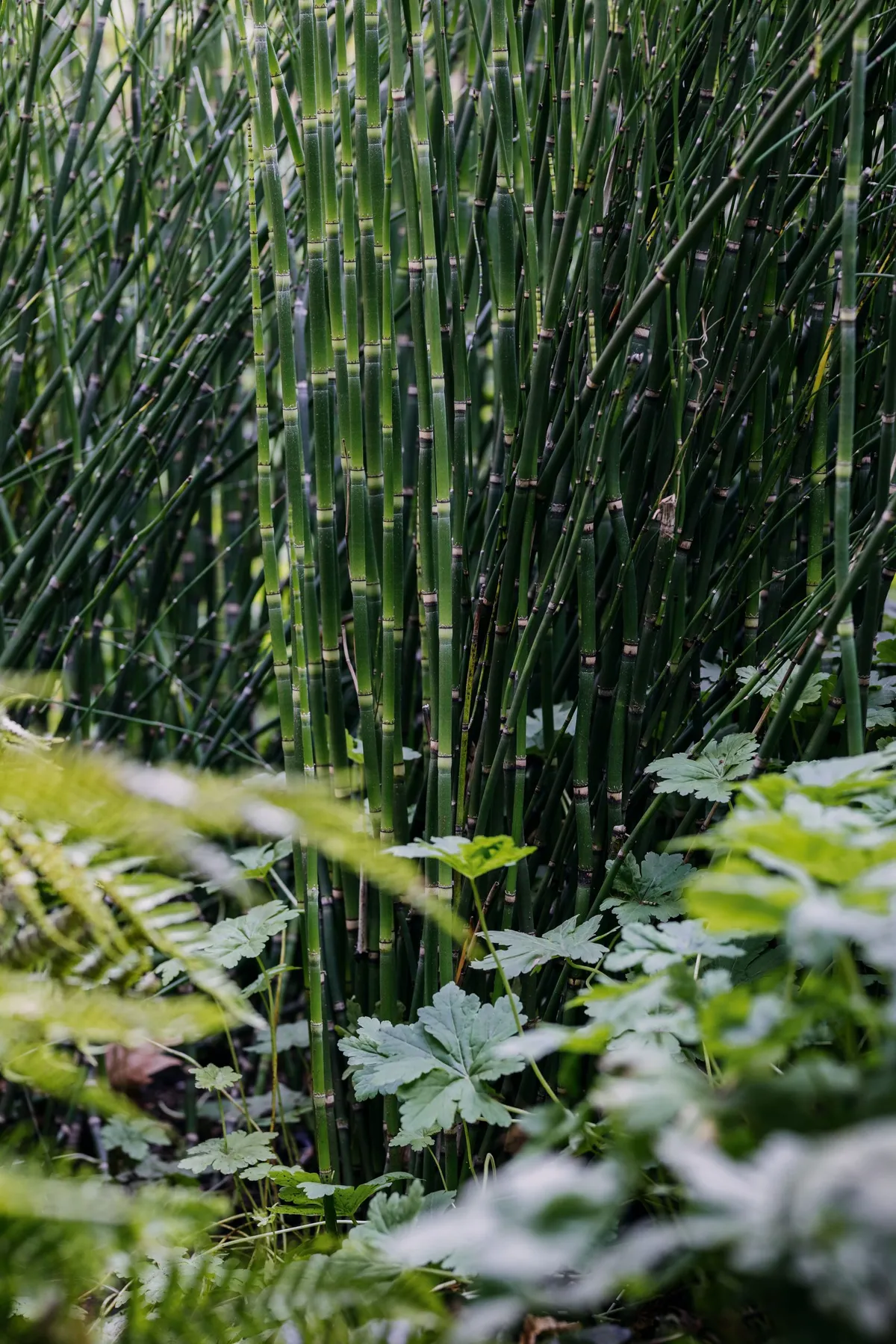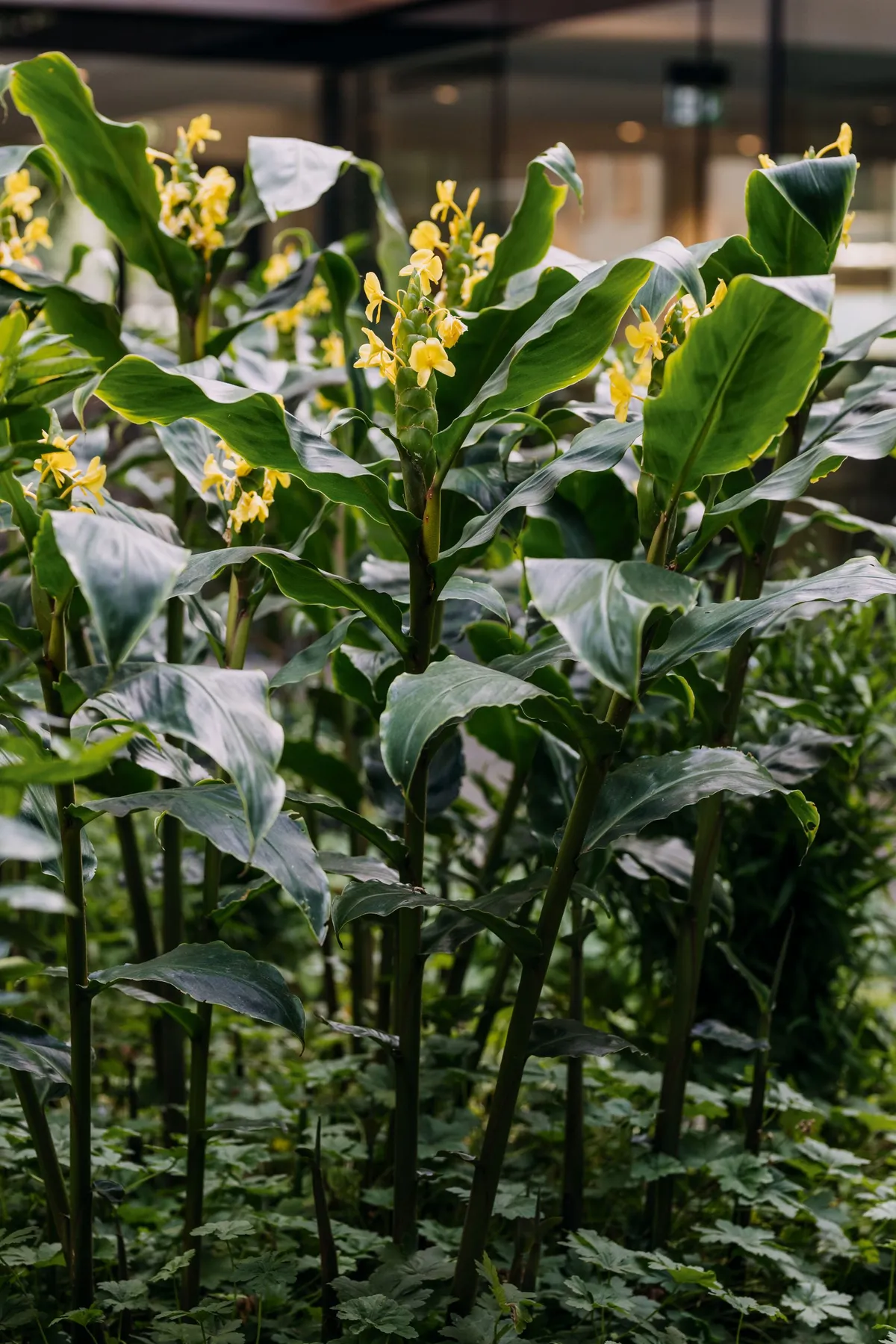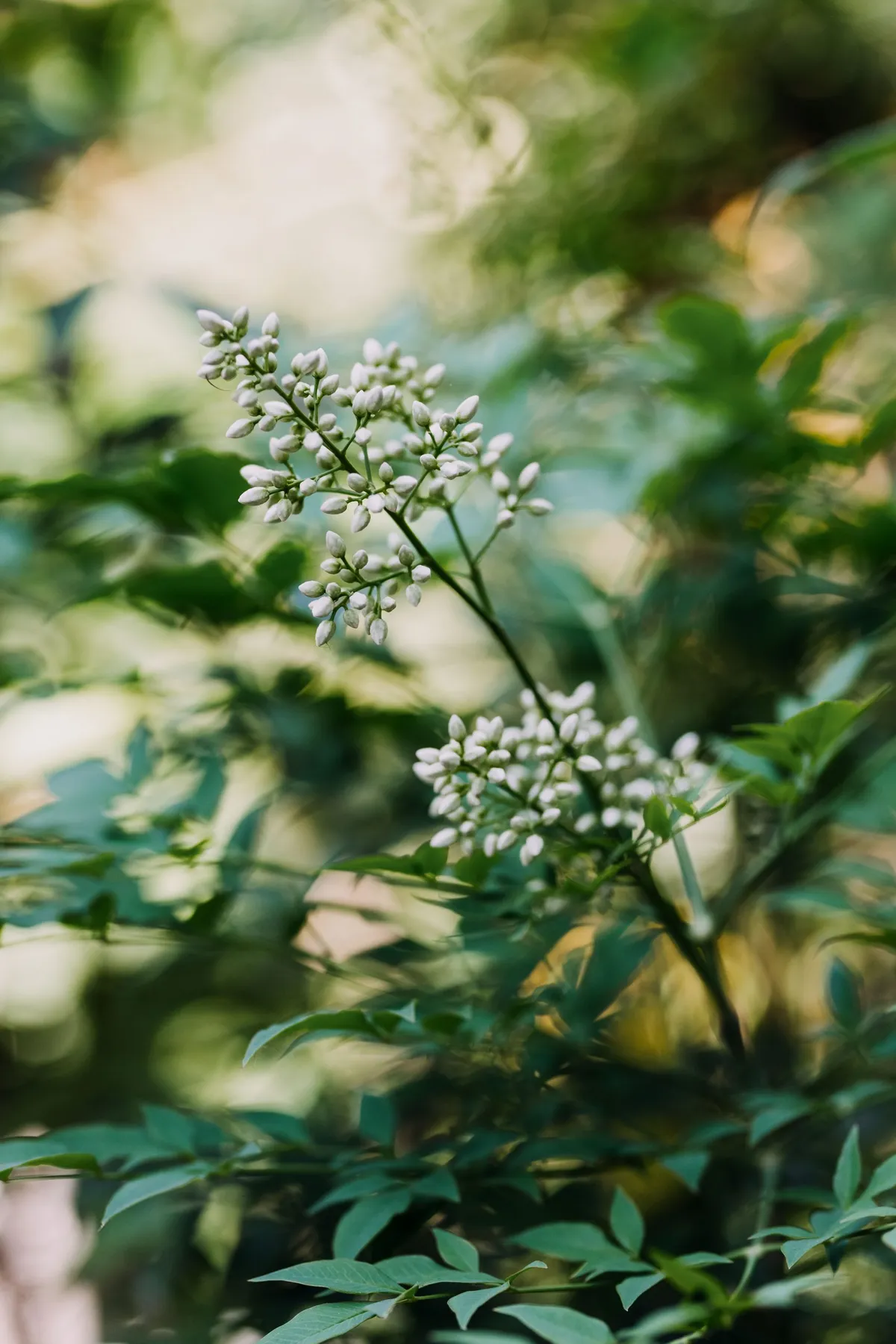Three generations of Tradescants lie entombed at the Garden Museum; two of them, John Tradescant the Elder and his son John Tradescant the Younger, were early pioneers in plant-hunting and horticulture. This place of pilgrimage for modern gardeners was once the churchyard of St Mary’s at Lambeth, a now de-consecrated church next to Lambeth Palace.
The Garden Museum (formerly the Museum of Garden History) was created here in 1976 by John and Rosemary Nicholson, who mounted an effort to save the church after they had traced the Tradescants’ remains there. The current director of the museum, Christopher Woodward, has spearheaded a substantial renovation. As well as upgrading the interior of the building to accommodate more exhibits, a visitor café and pavilions for learning have now enclosed the Tradescants’ tombs in a small courtyard surrounded by modern, glass-fronted buildings.
The Tradescants’ legacy was previously commemorated with a knot garden designed by the late Dowager Marchioness of Salisbury. This was an exercise in historical verisimilitude, containing only plants known to the Tradescants in the 17th century. Her garden was much-loved; but in step with the major renovation of the museum the time seemed right to create a new garden. Dan Pearson accepted the challenge. “As a designer, I enjoy responding to the context of a site,” he says. Rather than offering a literal interpretation of garden history, Dan wanted to re-kindle the same sense of wonder that 17th-century visitors to the Tradescants’ nursery may have felt. “Part of my inspiration for this garden came from a number of people who might be considered the modern-day equivalents of the Tradescants,” he says. “I thought of people such as Roy Lancaster, Sue and Bleddyn Wynn-Jones [of Crûg Farm Nurseries], Dan Hinkley [Heronswood Nursery], Paul Barney [Edulis] and Nick Macer [Pan-Global Plants] and tried to incorporate a number of their discoveries into the planting."
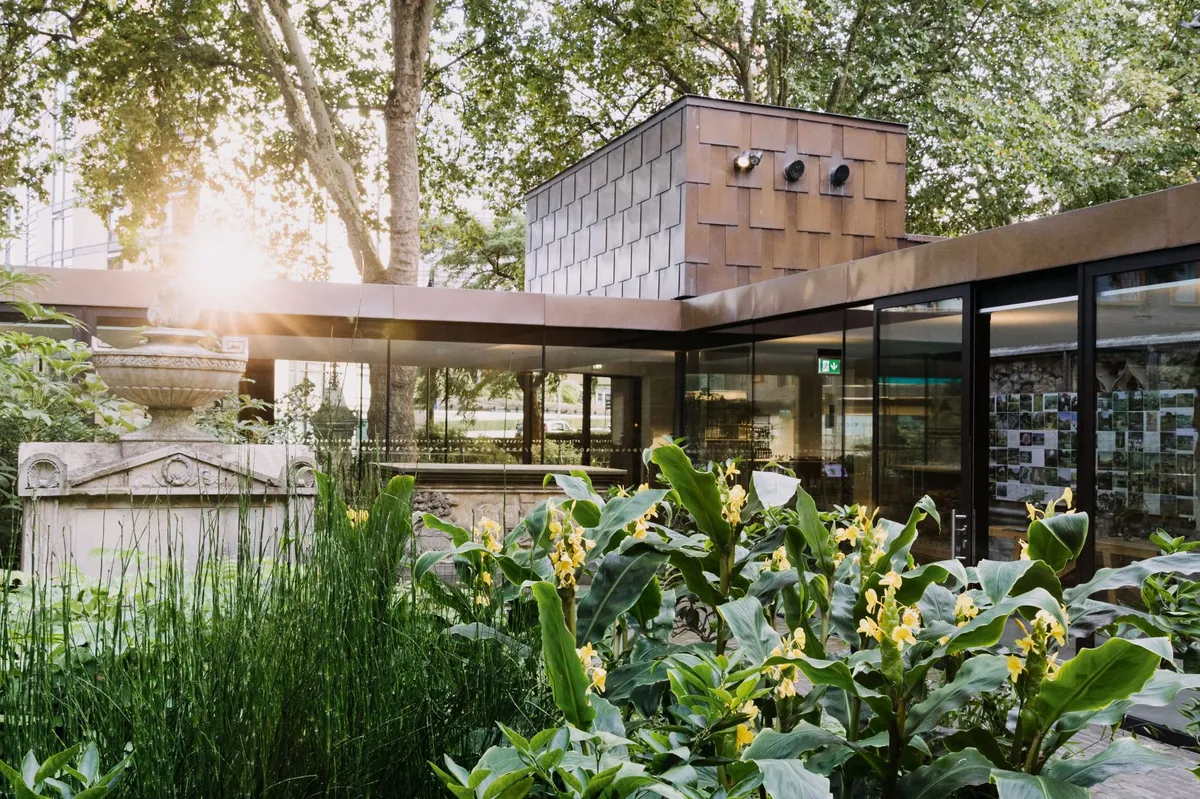
The ginger-lily Hedychium wardii rises from a sea of Geranium macrorrhizum ‘White-Ness’.
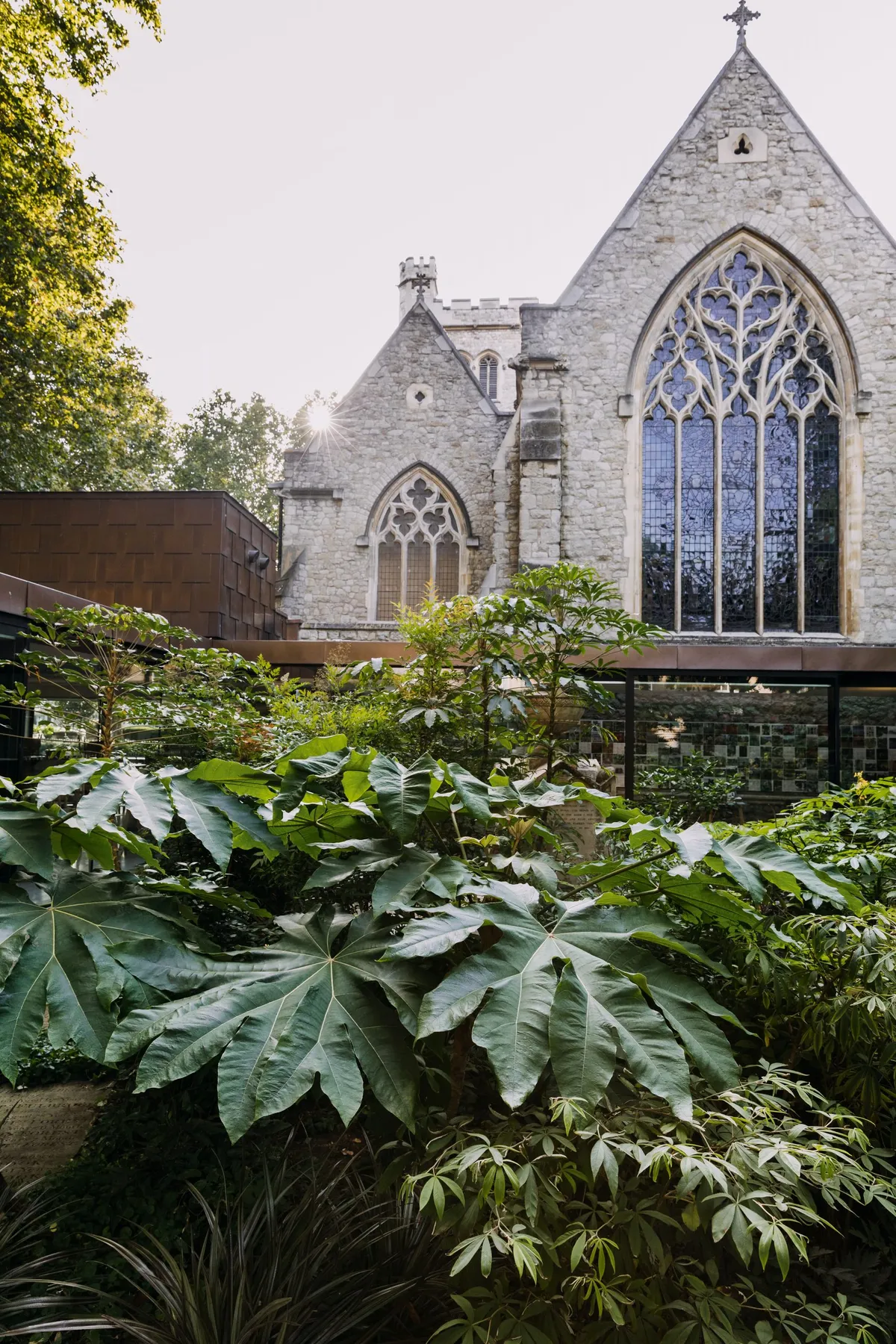
In front of the old church of St Mary’s, Tetrapanax papyrifer ‘Rex’ wallows expansively above the exotic bramble Rubus lineatus.
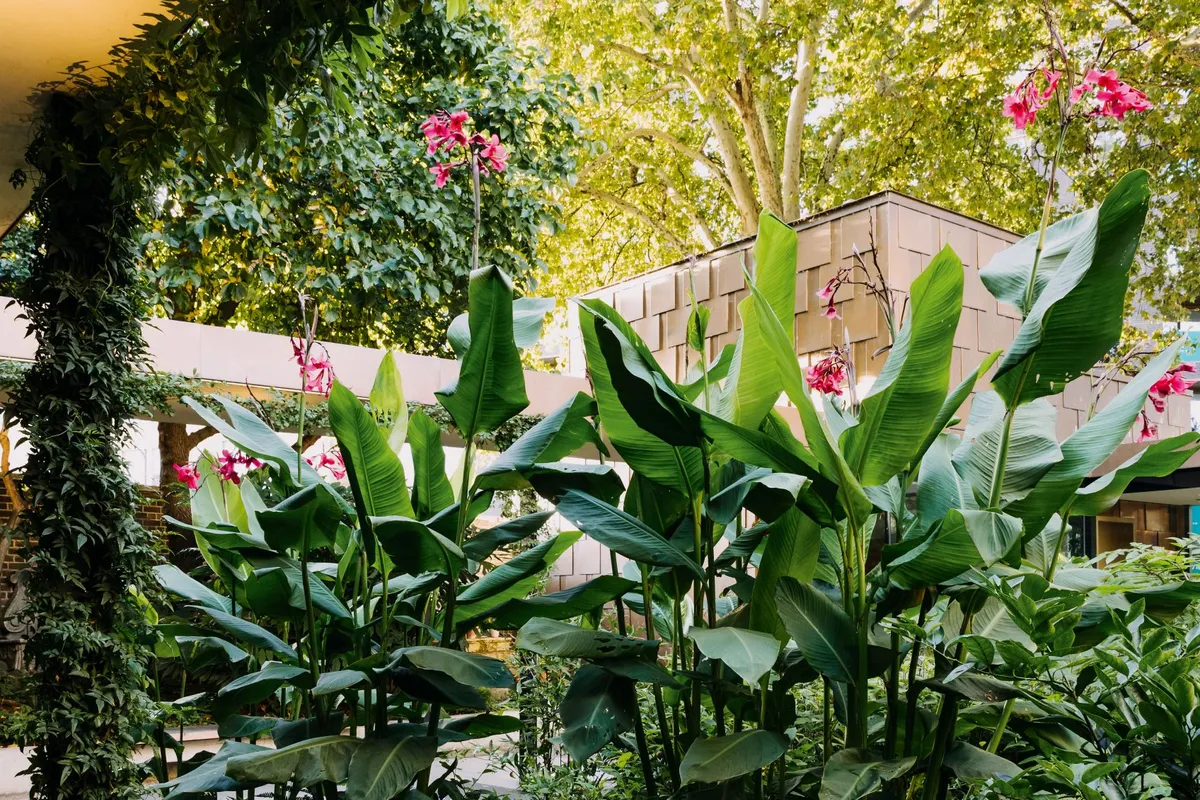
Jasminum polyanthum twines up one of the supporting pillars of the cloistered walkway. In the centre bed pink-flowered Canna x ehemanii looks at home with its feet in a clump of the fern Dryopteris erythrosora.
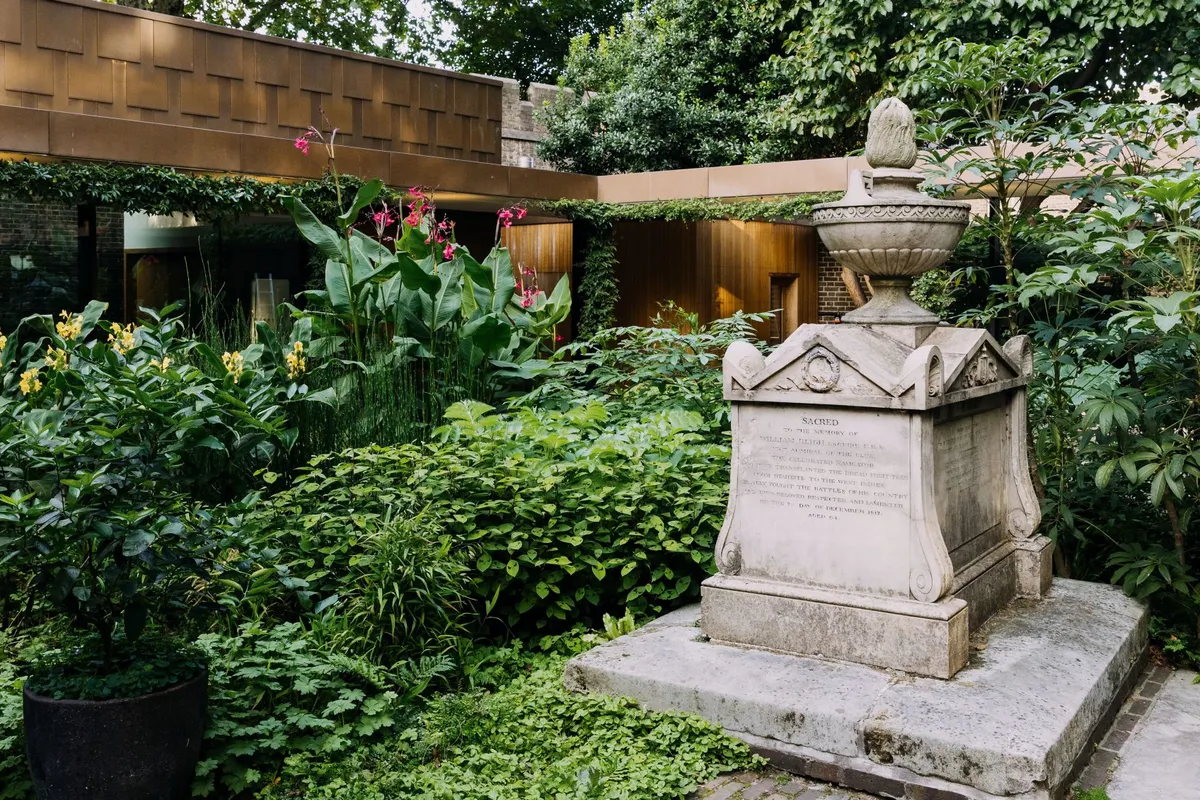
A collection of foliage plants with strong personalities are carefully combined here to create an otherworldly atmosphere. Slightly left of centre, Canna x ehemanii supports gracefully nodding flowers with its huge, paddle-shaped leaves. An as yet unnamed Dahlia species collected by Nick Macer buttresses it to the right, with a swathe of the jumpseed Persicaria virginiana var. filiformis nestling against the tomb of Admiral William Bligh – the ill-fated captain of the Bounty.
Key plants at the Garden Museum's courtyard garden
Address Lambeth Palace Road, London SE1 7LB. Tel 020 7401 8865. Web gardenmuseum.org.uk Open Sunday-Friday 10.30am-5pm, Saturday 10.30am-4pm. Admission £10.
